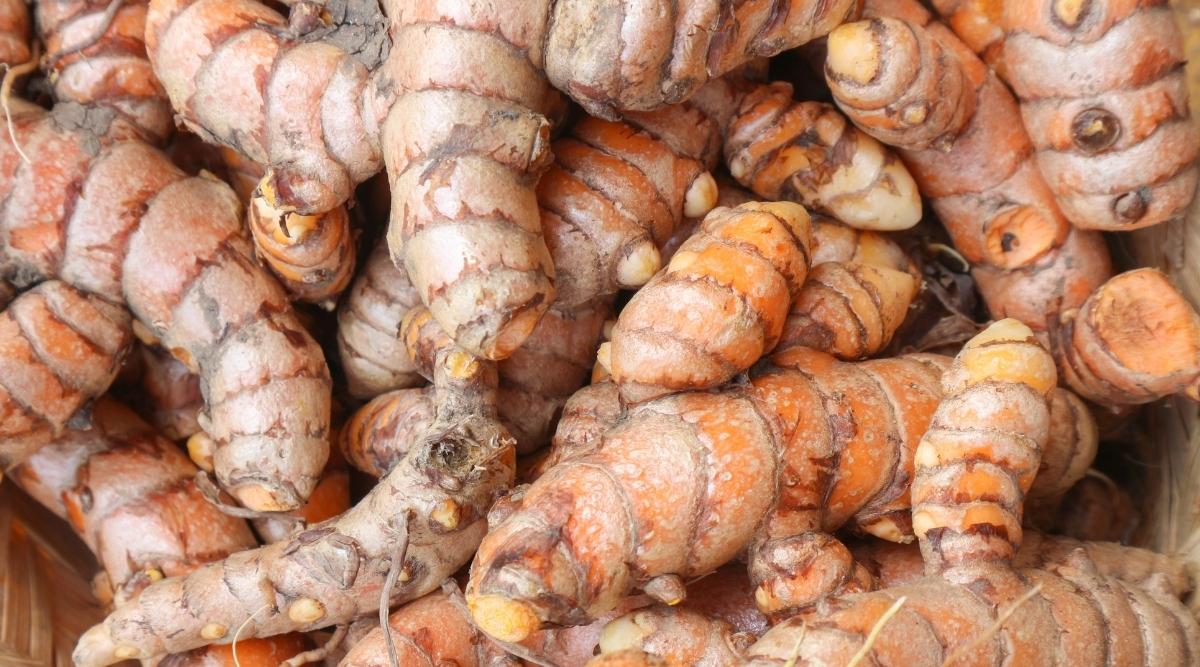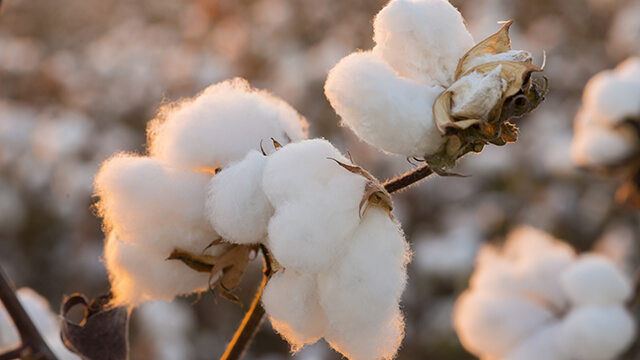Low-level purchasing caused cotton prices to slightly rise, settling at 55240 with a 0.25% increase. Nevertheless, given that world consumption is expected to be 1.3 million bales lower in 2023–2024 than in the previous month, global dynamics have put pressure on pricing. Key cotton-producing nations like India, Indonesia, Pakistan, Uzbekistan, and Turkey are anticipated to reduce their usage.
Furthermore, it is anticipated that global ending stocks in 2023–2024 will be 2.0 million bales higher due to higher beginning stocks and output combined with lower consumption. With domestic demand being constant at 311 lakh bales, the CAI kept its forecasts for the 2023–24 season unchanged. The season’s pressing projections remained at 294.10 lakh bales.
The observations made by the CAI are derived from trade sources and member input. The pink bollworm infestation in India’s cotton crop is said to be declining, dropping from 30.62% in 2017–18 to 10.80% in 2022–2023 according to reports. Nevertheless, infestation is still noted in a number of the nation’s cotton-growing regions. For the second year in a row, the ICAC predicts that global cotton production will exceed consumption.
In the 2023–2024 season, cotton lint output is anticipated to increase by 3.25% year over year to 25.4 million metric tons, while consumption is predicted to slightly decrease to 23.4 million metric tons. Cotton prices closed at 26410.2 Rupees in Rajkot’s main spot market, indicating a minor decline of -0.21%. Technically speaking, there is currently short covering in the market, no change in open interest, and prices up by 140 rupees.

